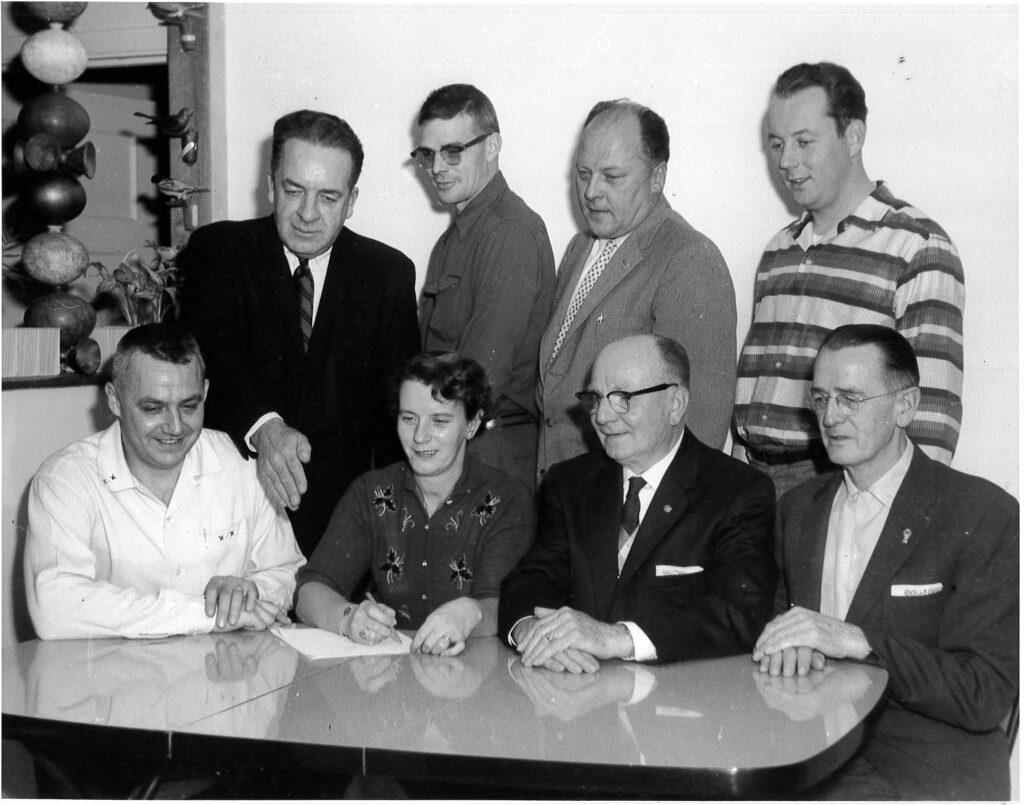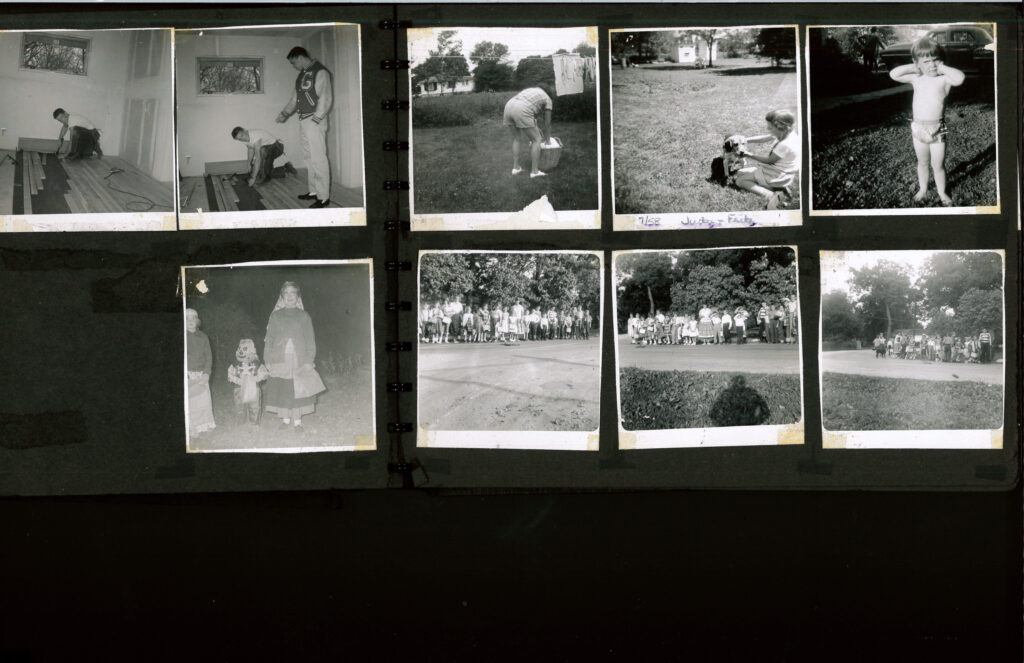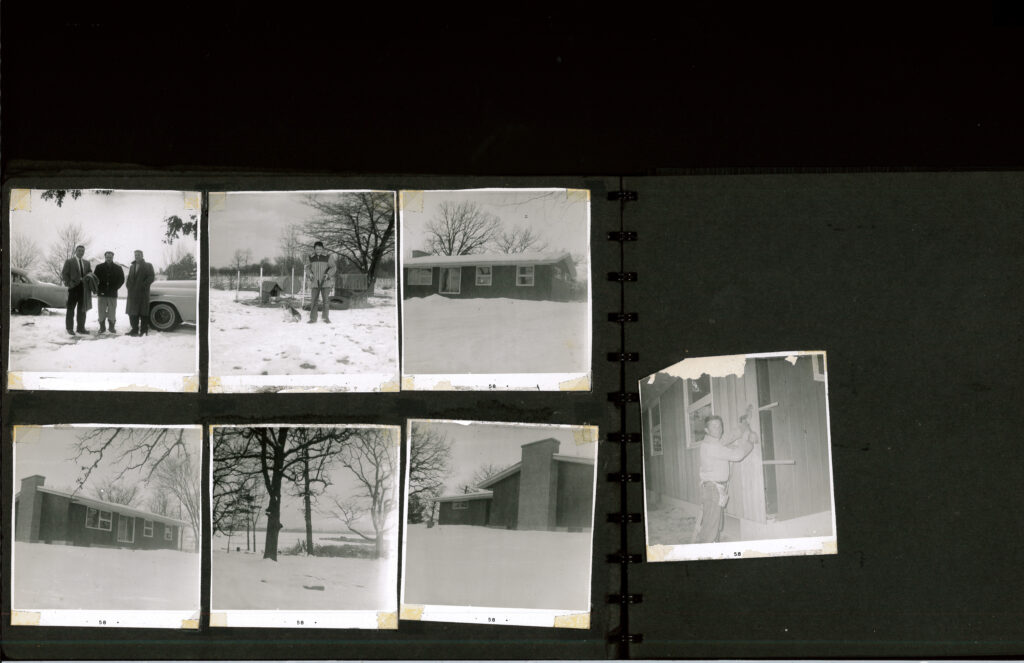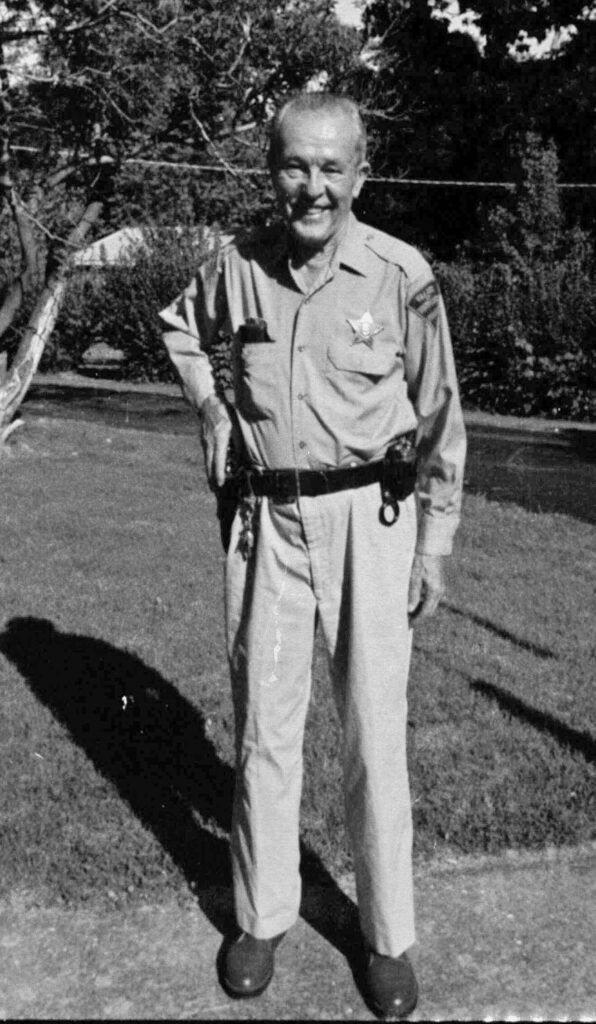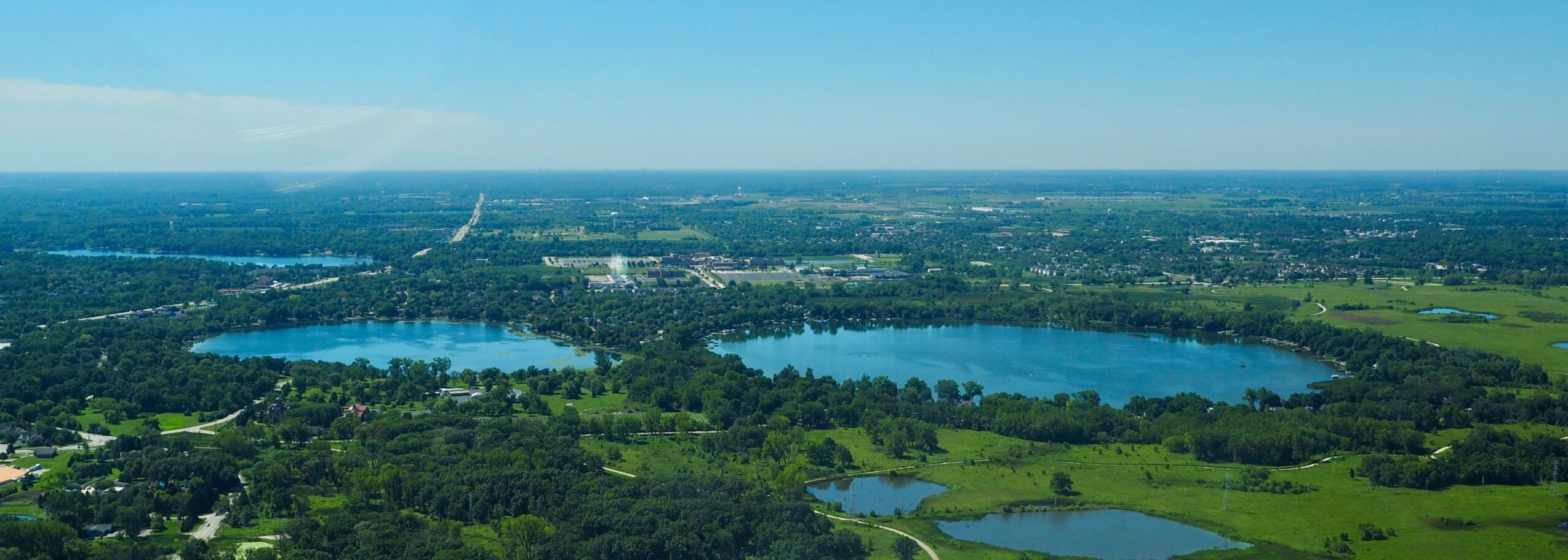Village History
Druce Lake: A Community Memoir
Read the most recent edition here.
Any questions about content, additional photos and stories, requests related to obtaining copies, etc. can be sent to DruceLakeHistory@gmail.com.
Excerpt from “A Trip to the Lakes”
(Waukegan Daily Sun, August 24, 1908)
Note: Grammar and spelling appear as originally written
“A lean lanky lad approaches us (at the Grayslake train depot) and asks if we desire to take the trip to the lakes. Upon an answer to the affirmative he shouts to the curly headed driver of the buss who immediately backs up his team to the station landing
With a wave of the wip and a jerk of the lines, we find that we are riding in one of Vant Woods busses enroute for Druce Lake. The old gray mare pulling the buss a horse well known to excursionists with a little persuasion soon pulls us up into the city center. We pass directly opposite the boat landing at the popular resort.
We shall not tarry long in the city center. The buss may accidentally pull up at a refreshment resort while the driver or some passenger moistens his lips, but the stop is momentary.
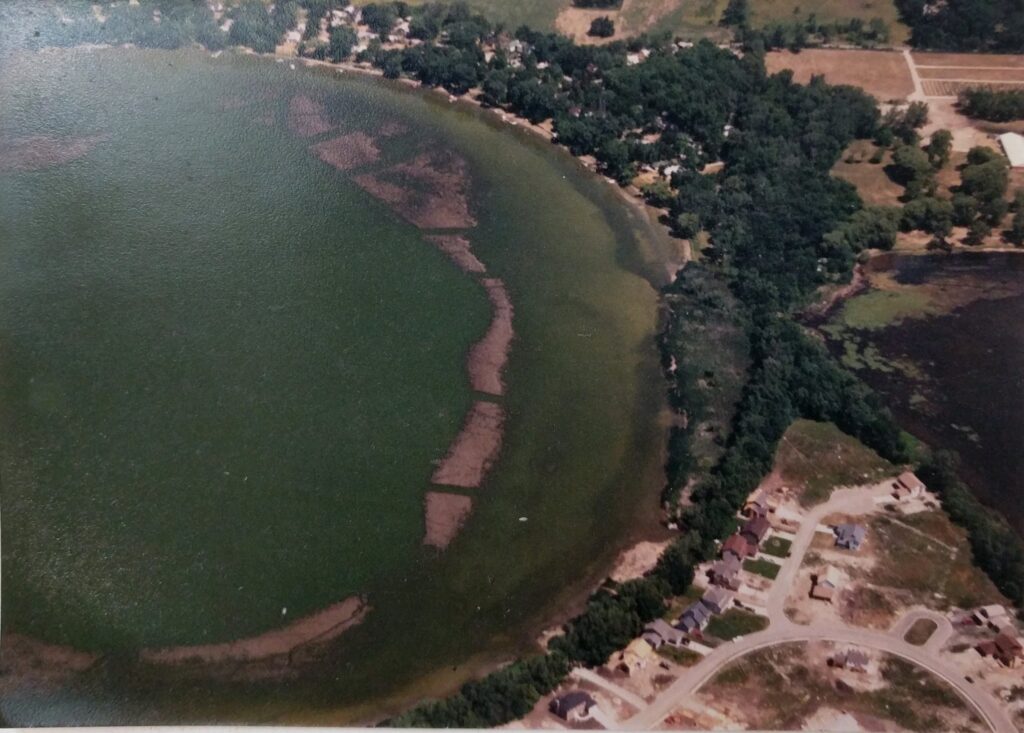
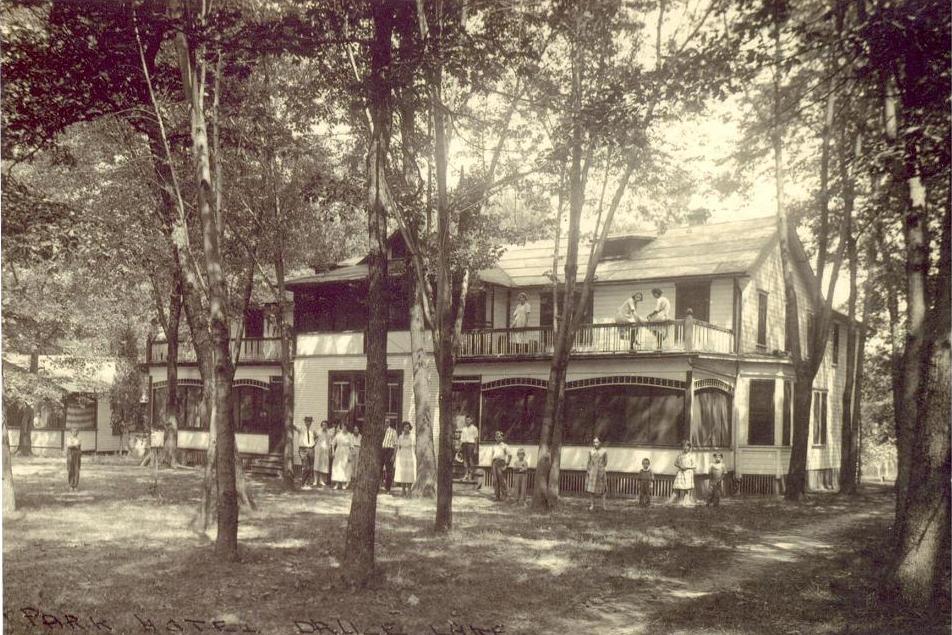
…The first hotel we see is the popular Vant Wood Lake Side Hotel, where one may obtain board and lodging for a nominal sum. The rooms at the hotel are airy and clean and the eatables are of the fresh country variety.
…We next stop at the Druce Lake Hotel. The jovial old proprietor Mr. E. W. Cuddy, of Chicago, we find standing at the entrance.
…The row boats at the near by boat landing are thrown at our disposal. We take a shore ride on the lake. We watch the choir boys in swimming. Other campers are enjoying a sail in some small boats.”
The article paints a picture of life around Druce Lake in the early 1900s – resorts, gatherings, summer outings, lake activities and small community businesses – that made the area thrive during the warm weather seasons.
Historical Background of Druce Lake
“The famous Treaty of Chicago (1833) brought an estimated three thousand Indians, traders, government officials, army troops, land speculators, and adventurers to the small village to witness the dramatic proceedings whereby the Potawatomi ceded the last of their Illinois and Wisconsin lands and their last reservations in Michigan. Indians began the demanded removal to land west of the Mississippi river, or fled to Wisconsin and Canada before the treaty was ratified in 1835.” (Encyclopedia.ChicagoHistory.org)
The Treaty of Chicago forced Potawatomi Indians from their native lands, which enabled settlers to safely migrate west and claim the lands in and around the Chicago area through land patents. Druce Lake was one of the areas settled in the years immediately following the Treaty of Chicago.
Druce Lake and its Founding Family
Alexander Druse came from New York with his wife Magdalena and settled on the south shore of Second Lake in 1842 (or 1844 according to Lakelubbers.com). He died here in April 1877, preceded by his wife in November 1850. The familial spelling of the name was de Ruse, which became Druse and later morphed to Druce.
Alexander and his two sons, James and George, owned much of the land surrounding Second Lake as well as the lake itself and, with time, the lake became known as Druce’s Lake or Druce Lake. The Druse land holdings were divided between several members of the family by 1873 and appear to have been inherited by or sold to additional children as time went on.
One of the sons, James, married Emily Chittendon. In the 1840s, the Chittendon family also held large land holdings on the north side of Chittendon Lake, renamed Third Lake in 1954.
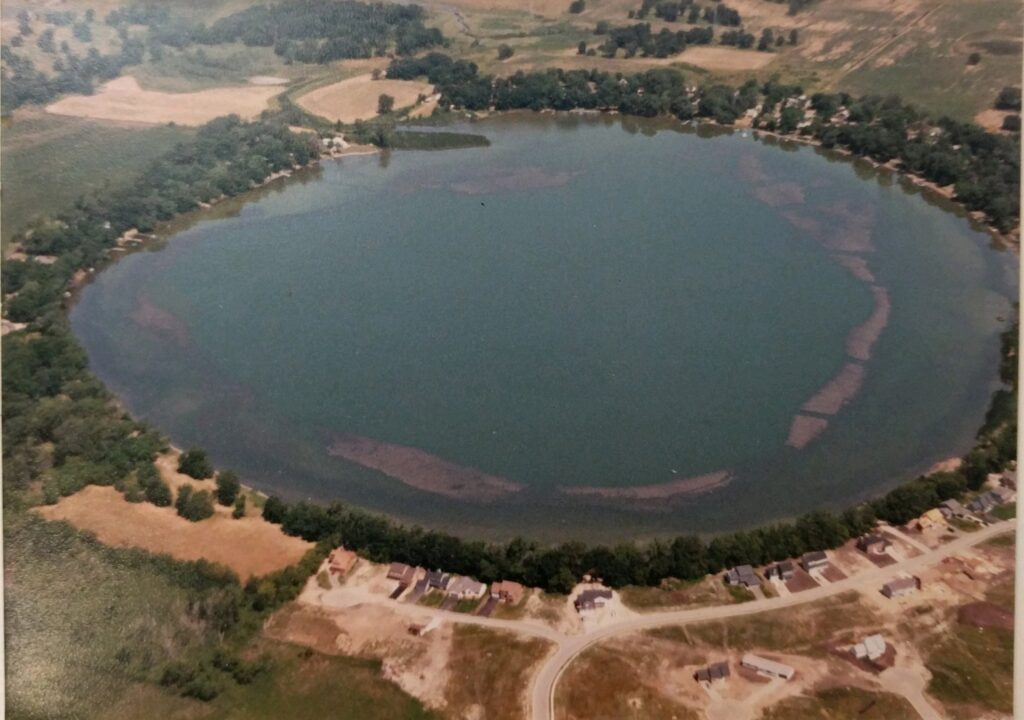
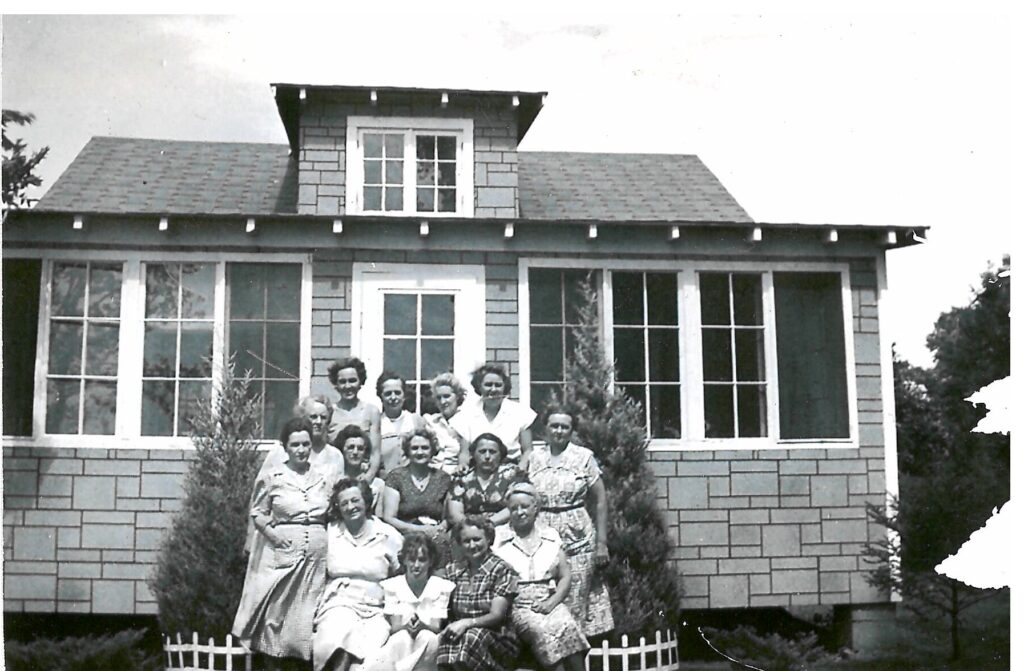
The two other lakes prominent in the immediate area are Gages Lake, originally called First Lake and renamed in honor of 1840s settlers John and George Gage, and Miltmore Lake (or Miltimore Lake). Based on historical and current plats, it appears that Miltmore Lake became divided at a narrow section on the northwest side by an island that later became a land bridge. The southeastern portion was renamed Fourth Lake.
The four lakes in this area are connected, although those connections are not navigable. Water flows northwest from Gages Lake to Druce (now underground, to the east of the original connecting stream), then on to Third (via a small channel) and Fourth through a series of natural and manmade means. Those flowage areas enable aquatic life to move between the lakes as well.
As was much of Lake County, the Druce Lake area was very rural for many years. The lake is a glacial lake that naturally filled with lily pads in the shallow areas along the shoreline and in a large shoal (referred to by locals as “the sandbar”) in the northwest part of the lake. Many businesses developed around seasonal visitors and the lake activities people were interested in. These included fishing, boating, swimming and the general enjoyment of nature. As early as 1896, fishing guidebooks referenced the excellent fishing in both Druce Lake and Third Lake.
In the mid 1800s, railroads were built and expanded in Lake County with stations located near or within easy access of the many lakes found there. The Rollins Depot (Wisconsin Central Line, located near today’s intersection of Hook Road and IL 83) and the Grayslake Depot (C.M. & St. Paul Line, located in today’s parking lot of Grayslake Feed Sales) were each only a few miles from Druce Lake. The railroads, in conjunction with daily buses that ran between depots and Druce Lake, provided easy access from Chicago to the resort hotels, beaches and other outdoor amusements that had been built around Druce Lake and Third Lake. By 1905, the Chicago Tribune had an entire section of the newspaper dedicated to advertisements about summer resorts and hotels across the city and Chicagoland suburbs.
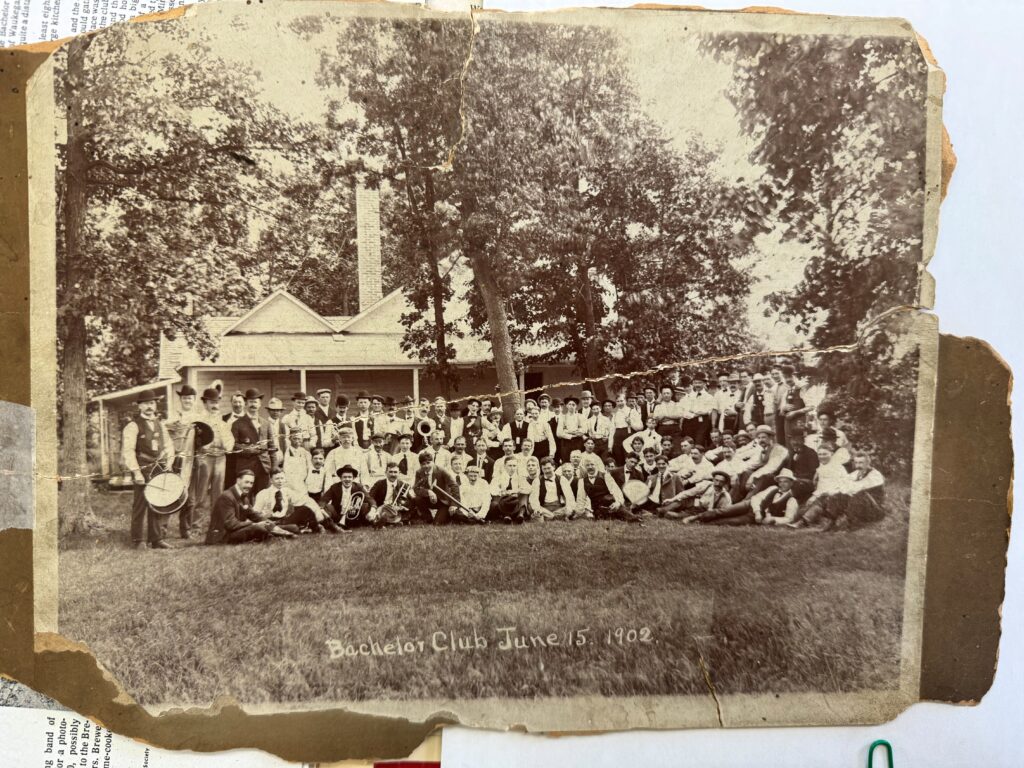
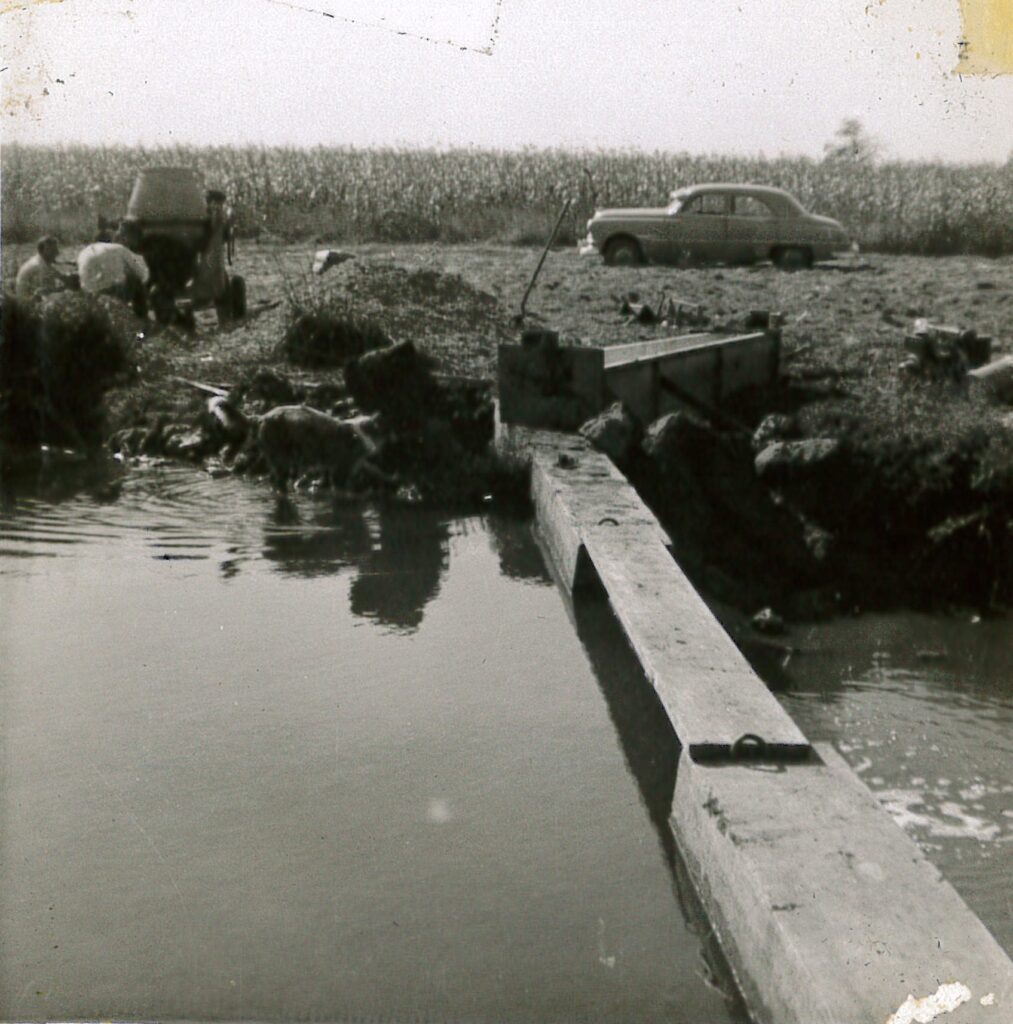
In 1958, a cement dam was constructed on private property between Third Lake and Druce Lake. It has since been opened and some remnants of that dam can be seen in the channel that exists today between the two lakes. In 2023-2024, a beaver took up where man left off and was actively working to build his own version of that dam. In the fall and winter of 2023, the beaver was more successful in rebuilding than the Village of Third Lake was in tearing down. The battle of man vs. nature continues as the dam was removed in spring 2024.
Today, Druce Lake remains both an excellent fishing lake and a lake that can be enjoyed for more modern-day sports: electric motor boating, stand-up paddleboards, kayaks, and swimming. There’s even the occasional wind surfer and sailboat!
Historic Photos
